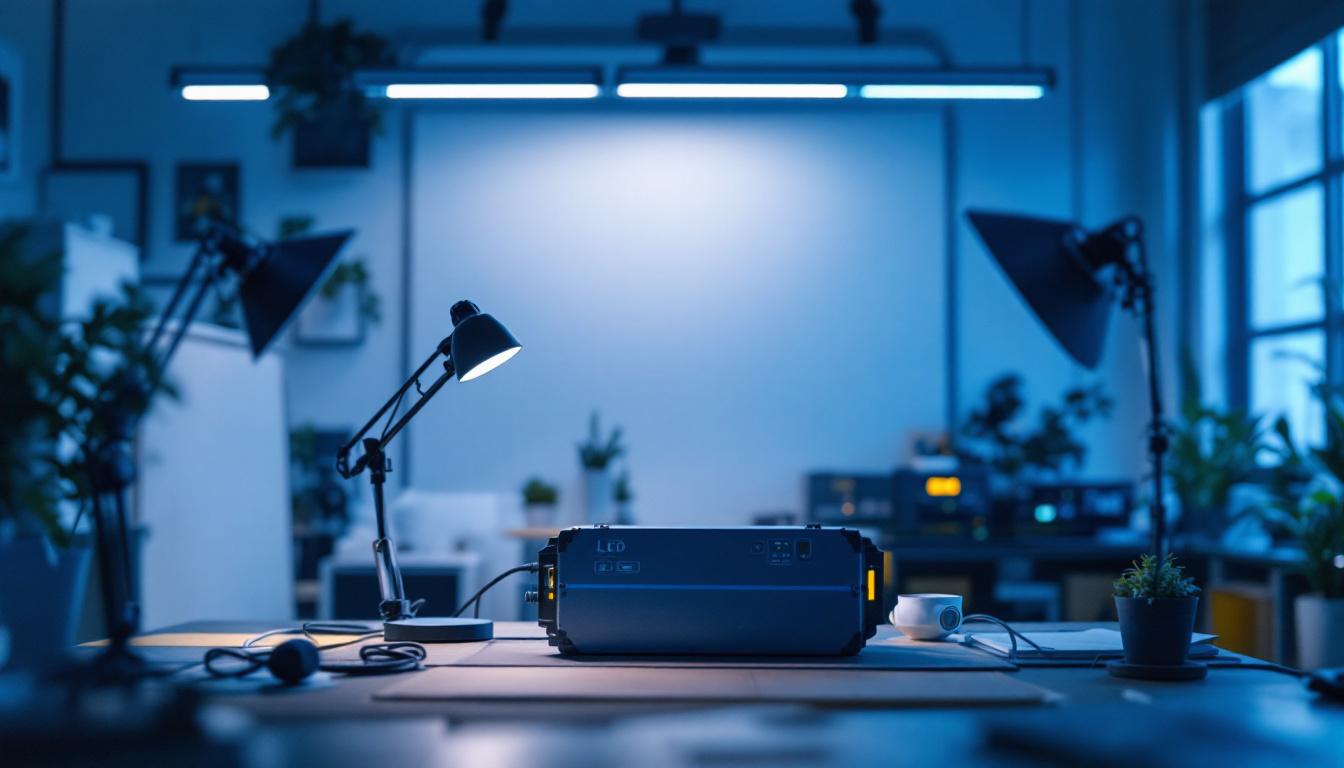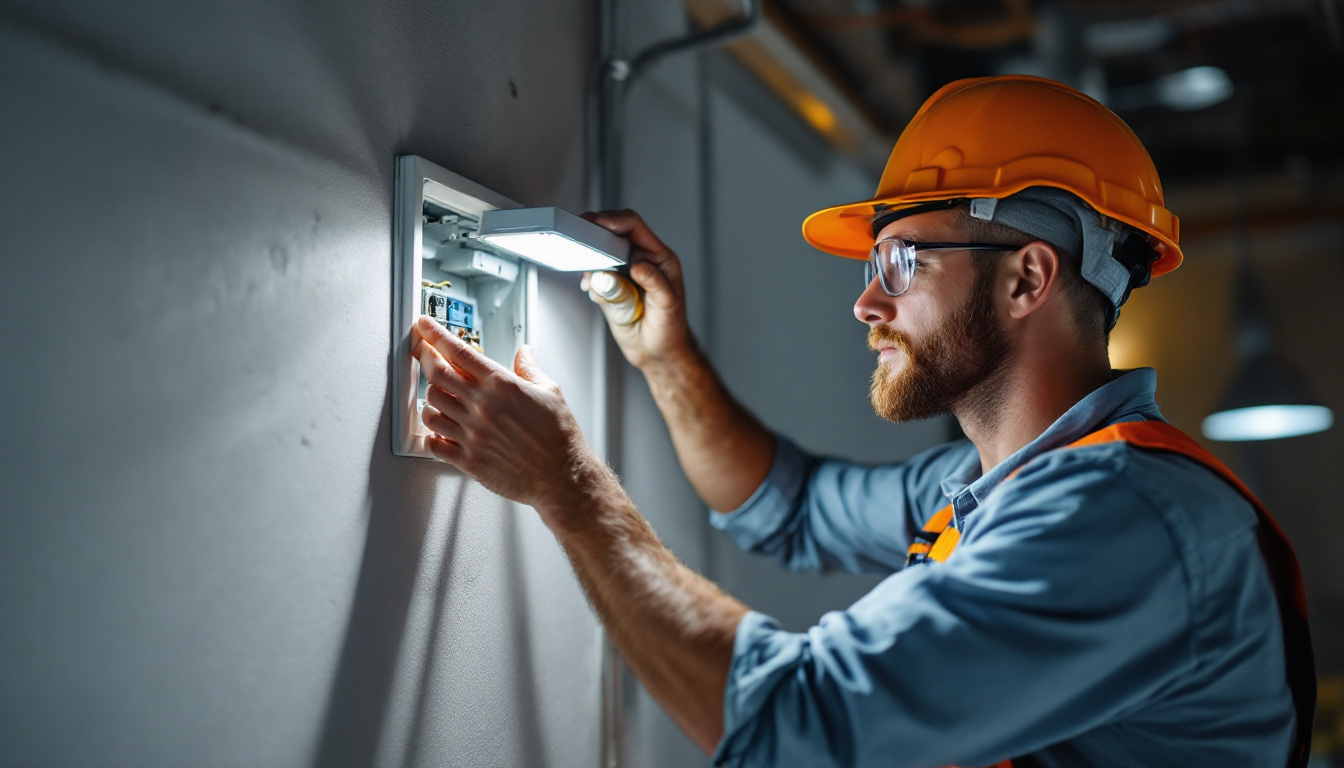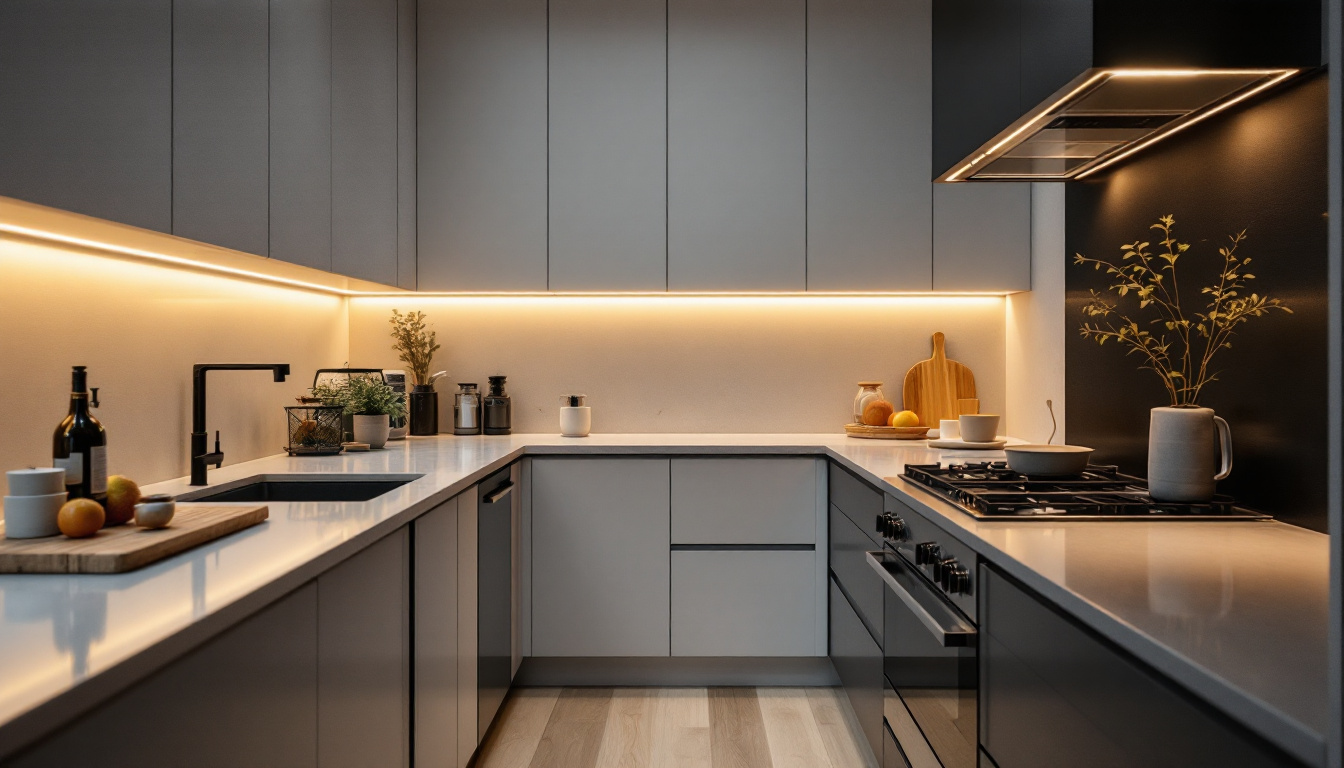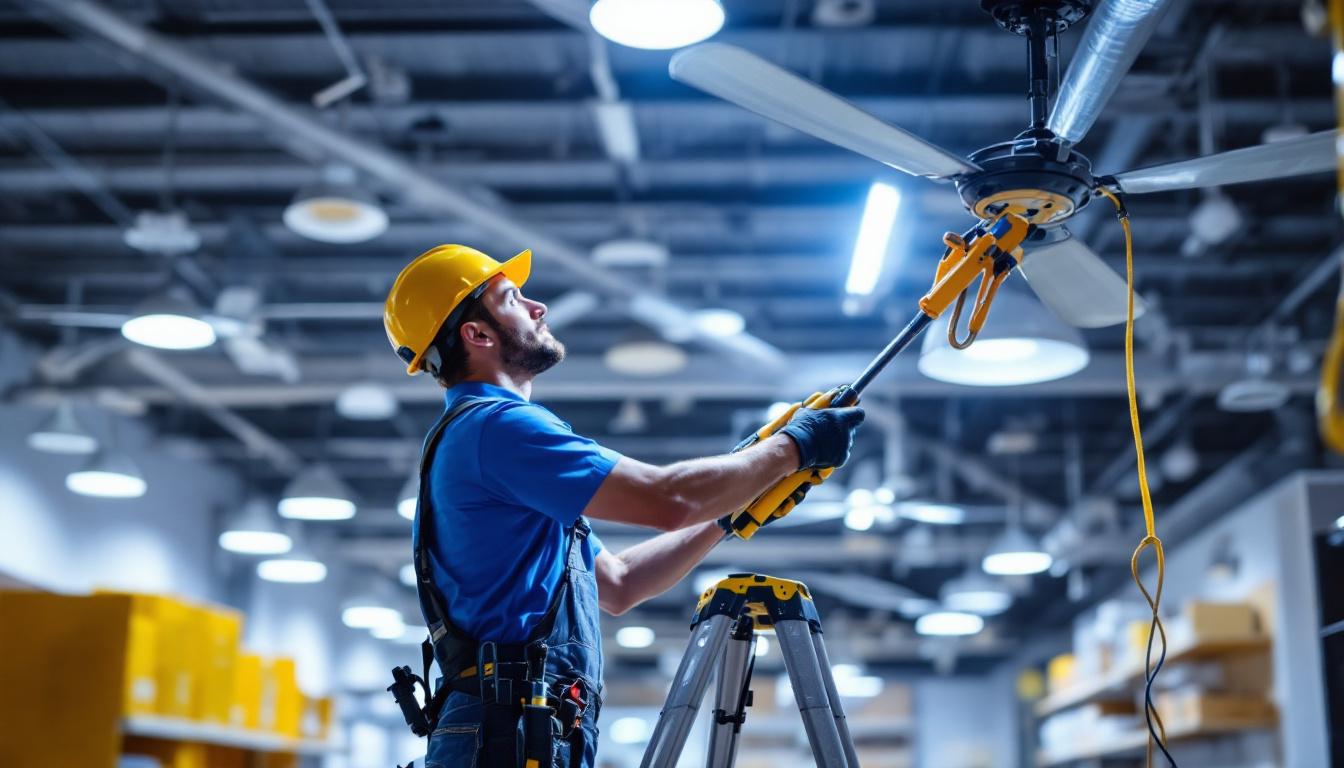
In the realm of modern lighting solutions, LED technology has emerged as a frontrunner due to its energy efficiency and longevity. However, the integration of LED lights with ballast systems presents unique opportunities for enhancing project efficiency, particularly for lighting contractors. This article delves into the advantages of using LED lights with ballasts, the types of ballasts available, and best practices for implementation.
Light Emitting Diodes (LEDs) are semiconductor devices that convert electricity into light. Unlike traditional incandescent bulbs, LEDs produce light through electroluminescence, making them significantly more energy-efficient. They consume less power, have a longer lifespan, and emit less heat, which contributes to their growing popularity in various lighting applications. Additionally, LEDs are available in a wide range of colors and can be easily integrated into smart lighting systems, allowing for customizable lighting experiences that adapt to the needs of the user. This versatility not only enhances aesthetic appeal but also promotes energy conservation in both residential and commercial settings.
A ballast is an essential component in fluorescent and some LED lighting systems. It regulates the current to the lamps and provides the necessary voltage to start the lights. In the context of LED technology, ballasts can be used to enhance performance, particularly in retrofit applications where existing fixtures are being upgraded. The use of ballasts in LED systems can also improve dimming capabilities, enabling users to adjust brightness levels according to their preferences or specific tasks, further contributing to energy savings and extending the lifespan of the lighting fixtures.
There are primarily two types of ballasts used in conjunction with LED lights: magnetic and electronic. Magnetic ballasts are the traditional type, often found in older lighting systems. They are generally larger and heavier, and while they are reliable, they are less efficient than their electronic counterparts. These ballasts operate by using an electromagnetic coil to regulate the current, which can lead to flickering and a less stable light output, particularly as the ballast ages.
Electronic ballasts, on the other hand, are designed to work with modern lighting technologies. They are lighter, more compact, and provide better control over the light output. This makes them the preferred choice for LED applications, as they can enhance the overall efficiency and performance of the lighting system. Furthermore, electronic ballasts often include features such as rapid start capabilities and lower power consumption, which not only improves the quality of light but also reduces operational costs. With advancements in technology, some electronic ballasts can even communicate with smart home systems, allowing for automated adjustments based on ambient light levels or occupancy, thus optimizing energy use in real-time.
One of the most significant advantages of integrating LED lights with ballasts is the enhanced energy efficiency. Ballasts help regulate the power supply to the LEDs, ensuring that they operate at optimal levels. This not only reduces energy consumption but also lowers electricity costs for end-users.
Moreover, electronic ballasts can adjust the power output based on the needs of the lighting system, further improving efficiency. This dynamic adjustment allows for better performance in varying conditions, making it ideal for commercial and industrial applications where lighting needs may fluctuate throughout the day.
Using the right ballast with LED lights can significantly improve light quality. Ballasts can help eliminate flickering and provide a more stable light output, which is crucial for environments where visual clarity is essential. This is particularly important in settings such as offices, retail spaces, and manufacturing facilities, where poor lighting can affect productivity and safety.
Furthermore, ballasts can help in achieving a better color rendering index (CRI), which indicates how accurately colors appear under artificial light. Higher CRI values are desirable in many applications, as they enhance the overall ambiance and visual comfort of a space.
Another benefit of using LED lights with ballasts is the extended lifespan of the lighting system. By providing a stable current and voltage, ballasts can help protect LEDs from voltage spikes and fluctuations that can lead to premature failure. This not only reduces replacement costs but also minimizes maintenance efforts, making lighting projects more efficient in the long run.
Additionally, the longevity of the LED lights means less frequent replacements, which is particularly advantageous for contractors managing large installations. This can lead to significant savings in both time and resources over the lifespan of the lighting system.
Selecting the appropriate ballast for LED lights is crucial for maximizing efficiency. Contractors should consider the specific requirements of the lighting project, including the type of LED fixtures being used, the application environment, and the desired light output. It is essential to ensure compatibility between the LED lights and the ballast to achieve optimal performance.
When in doubt, consulting with manufacturers or industry experts can provide valuable insights into the best ballast options for specific LED applications. This step can prevent costly mistakes and ensure that the lighting system operates as intended.
Proper installation of LED lights with ballasts is vital for achieving the desired efficiency and performance. Contractors should follow the manufacturer’s guidelines meticulously to ensure that all components are installed correctly. This includes wiring, mounting, and configuring the ballast settings to match the requirements of the LED fixtures.
Additionally, it is advisable to conduct thorough testing after installation to ensure that the system is functioning correctly. This can help identify any potential issues early on and allow for timely adjustments, ensuring that the lighting project meets the expected standards.
To maintain the efficiency of LED lights with ballasts, regular maintenance is essential. This includes checking for any signs of wear or malfunction in the ballasts and LED fixtures. Keeping the lighting system clean and free from dust can also enhance performance and prolong the lifespan of the components.
Moreover, as technology continues to evolve, it may be beneficial to consider upgrades to newer ballast models or LED fixtures that offer enhanced features and efficiencies. Staying informed about the latest advancements in lighting technology can provide contractors with the tools needed to deliver the best solutions to their clients.
In a recent project involving a large commercial office space, contractors opted for LED lights paired with electronic ballasts. The result was a significant reduction in energy consumption, with the building’s lighting costs dropping by nearly 40%. Employees reported improved lighting quality, which contributed to enhanced productivity and overall satisfaction.
The project not only showcased the benefits of LED technology but also highlighted the importance of selecting the right ballast. The electronic ballasts provided the necessary control over light output, allowing for adjustments based on occupancy and natural light levels.
Another successful implementation occurred in an industrial facility where traditional fluorescent lights were replaced with LED lights and ballasts. The upgrade led to a dramatic increase in lighting efficiency, reducing energy costs and maintenance needs significantly. The facility manager noted that the improved light quality enhanced safety and visibility on the production floor, leading to a decrease in accidents.
This case underscores how integrating LED lights with the appropriate ballasts can transform lighting in industrial settings, providing both economic and safety benefits.
While the benefits of using LED lights with ballasts are clear, compatibility issues can pose challenges during implementation. Not all LED lights are designed to work with every type of ballast, which can lead to performance problems. Contractors must be diligent in ensuring that the selected components are compatible to avoid issues that could affect the efficiency of the lighting system.
To mitigate these challenges, it is advisable to work closely with manufacturers and suppliers who can provide detailed compatibility information. This proactive approach can prevent setbacks during the installation process and ensure a smoother project execution.
Another consideration for contractors is the initial cost of upgrading to LED lights with ballasts. While the upfront investment may be higher than traditional lighting solutions, the long-term savings in energy costs and maintenance can far outweigh these initial expenses. It is essential to communicate these benefits to clients to help them understand the value of investing in modern lighting technology.
Providing case studies or examples of successful implementations can also help illustrate the potential return on investment, making it easier for clients to see the long-term benefits of the upgrade.
Incorporating LED lights with ballasts into lighting projects offers numerous advantages for contractors, including enhanced energy efficiency, improved light quality, and extended system lifespan. By understanding the role of ballasts and following best practices for implementation, contractors can ensure that their projects not only meet client expectations but also contribute to a more sustainable future.
As the lighting industry continues to evolve, staying informed about the latest technologies and practices will be crucial for contractors looking to remain competitive. With the right approach, LED lights with ballasts can significantly increase the efficiency of lighting projects, providing lasting benefits for both contractors and their clients.
Ready to elevate your lighting projects with the efficiency and sustainability of LED lights with ballasts? At LumenWholesale, we provide contractors with the highest quality, spec-grade lighting solutions at unbeatable wholesale prices. Say goodbye to local distributor markups and hello to a vast selection of reliable lighting that meets rigorous industry standards. With free shipping on bulk orders, you can stock up on superior lighting without the hidden fees. Make the smart choice for your next project and experience the best value in wholesale lighting with LumenWholesale.

Discover essential tips and common mistakes to avoid when selecting and installing electric box covers.

Discover the crucial role of under-counter LED lights in modern lighting projects.

Discover common mistakes lighting contractors make with fans for shops and learn how to avoid costly errors.

Discover the essential checklist for lighting contractors with our comprehensive guide on lighting plugs and sockets.